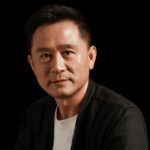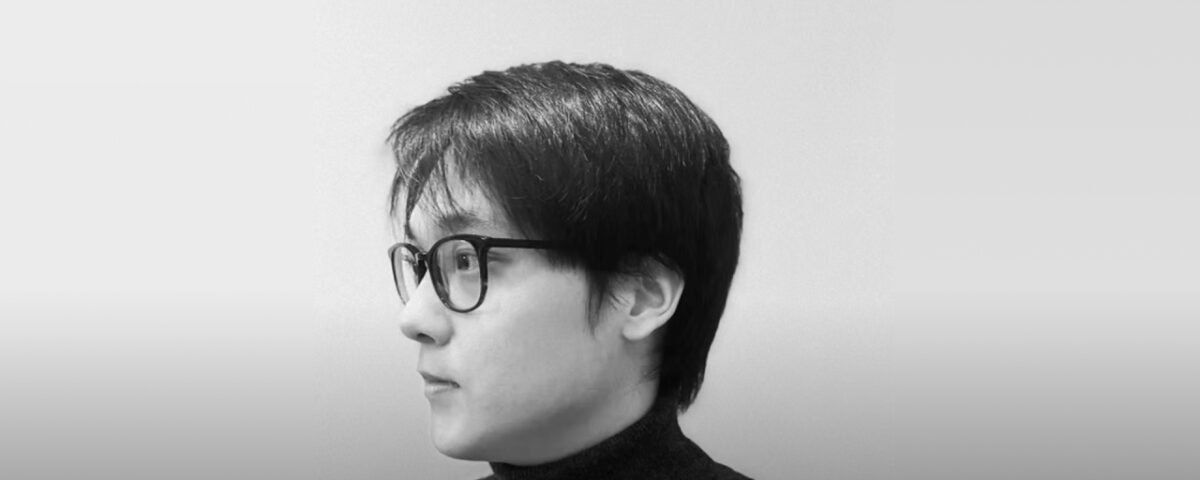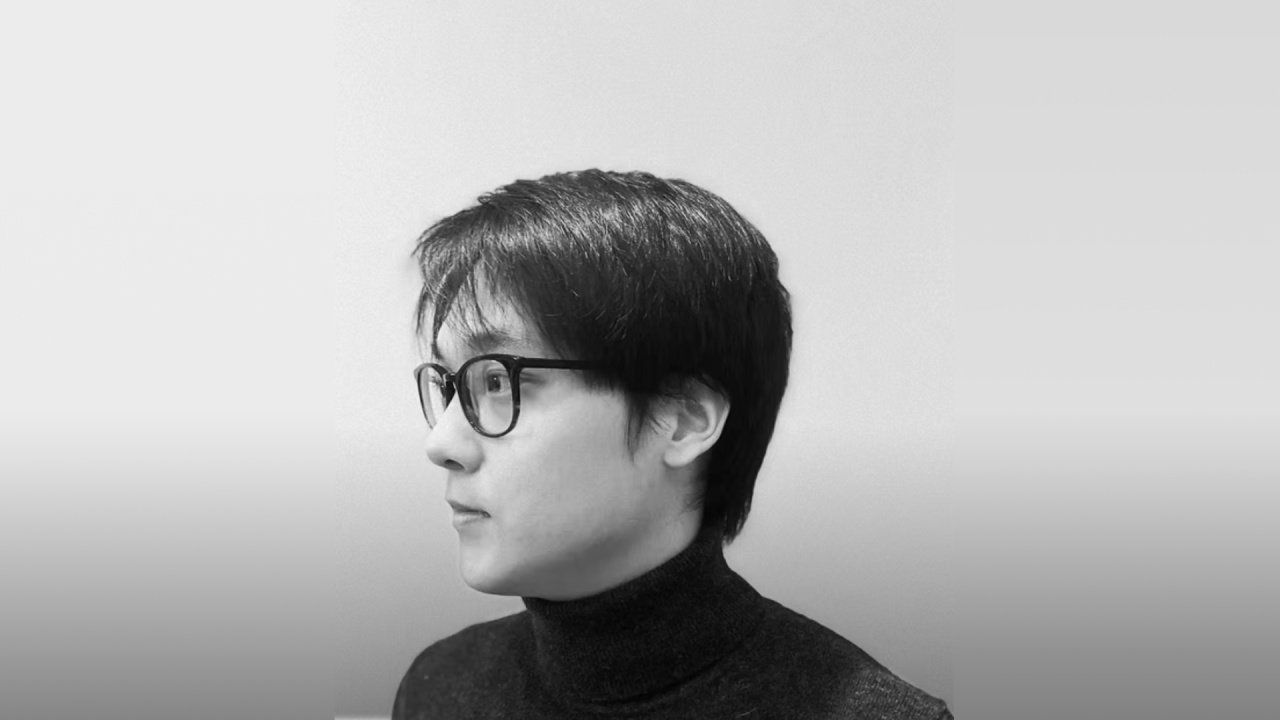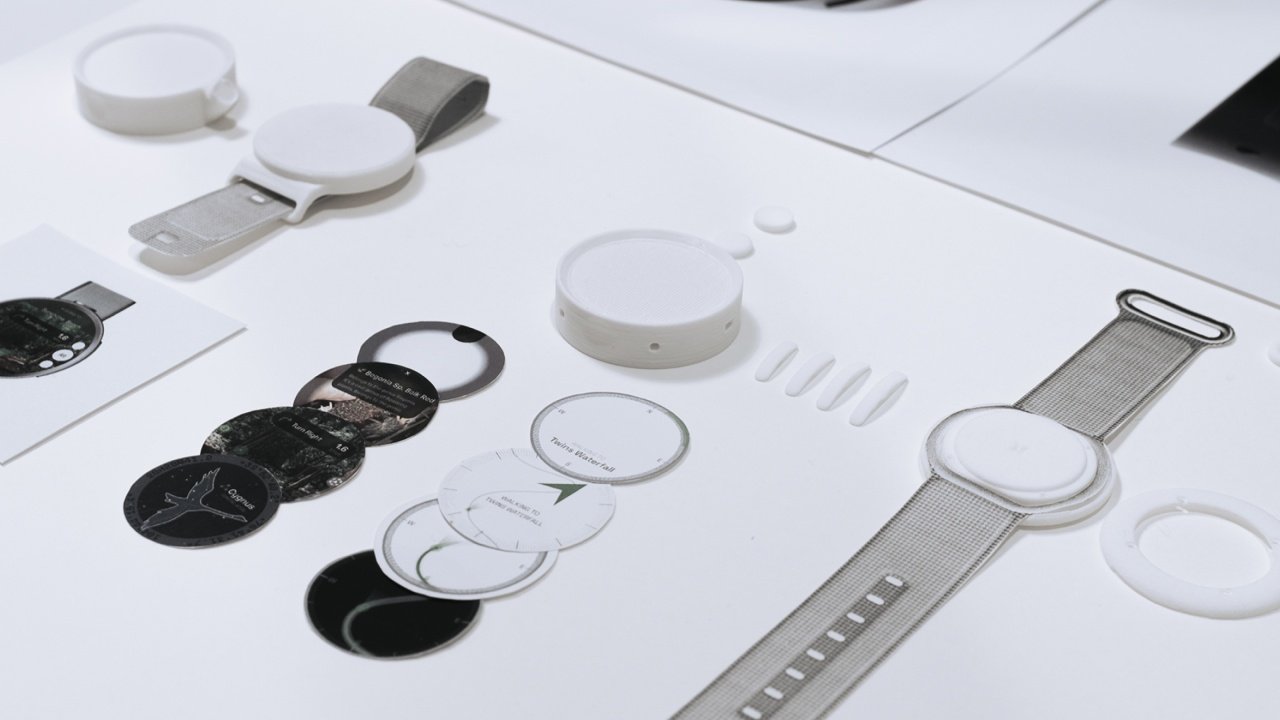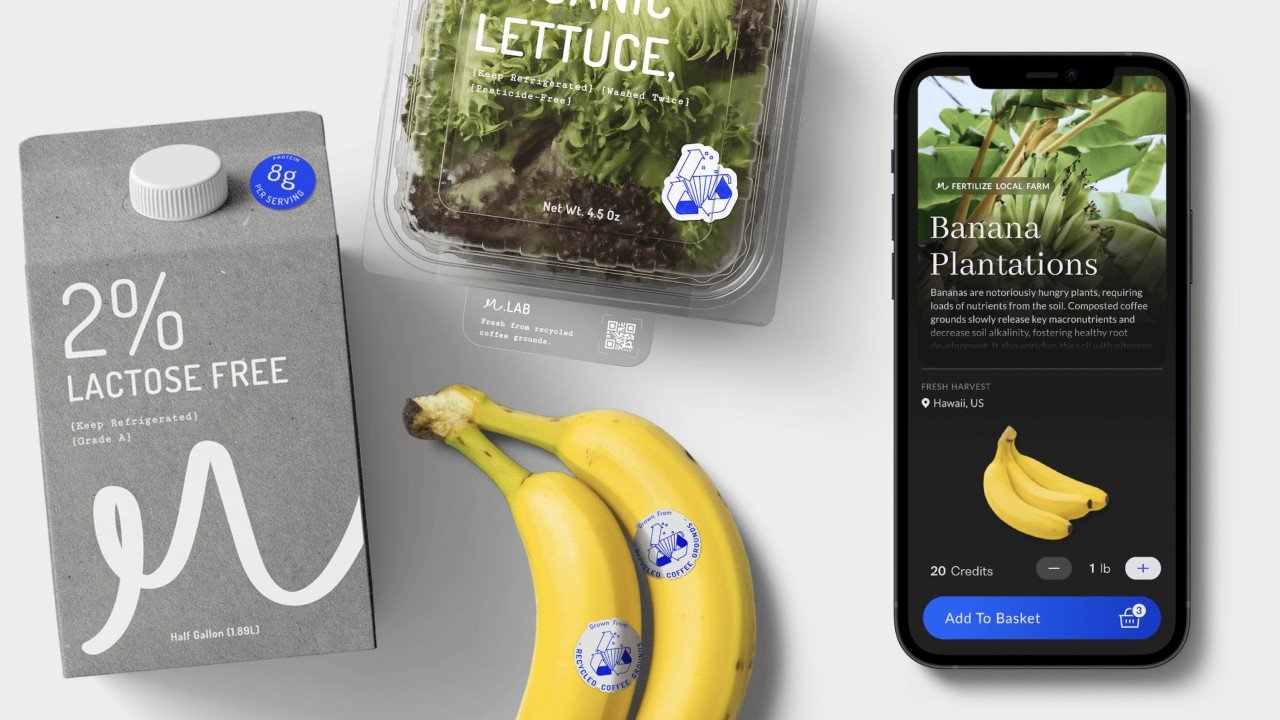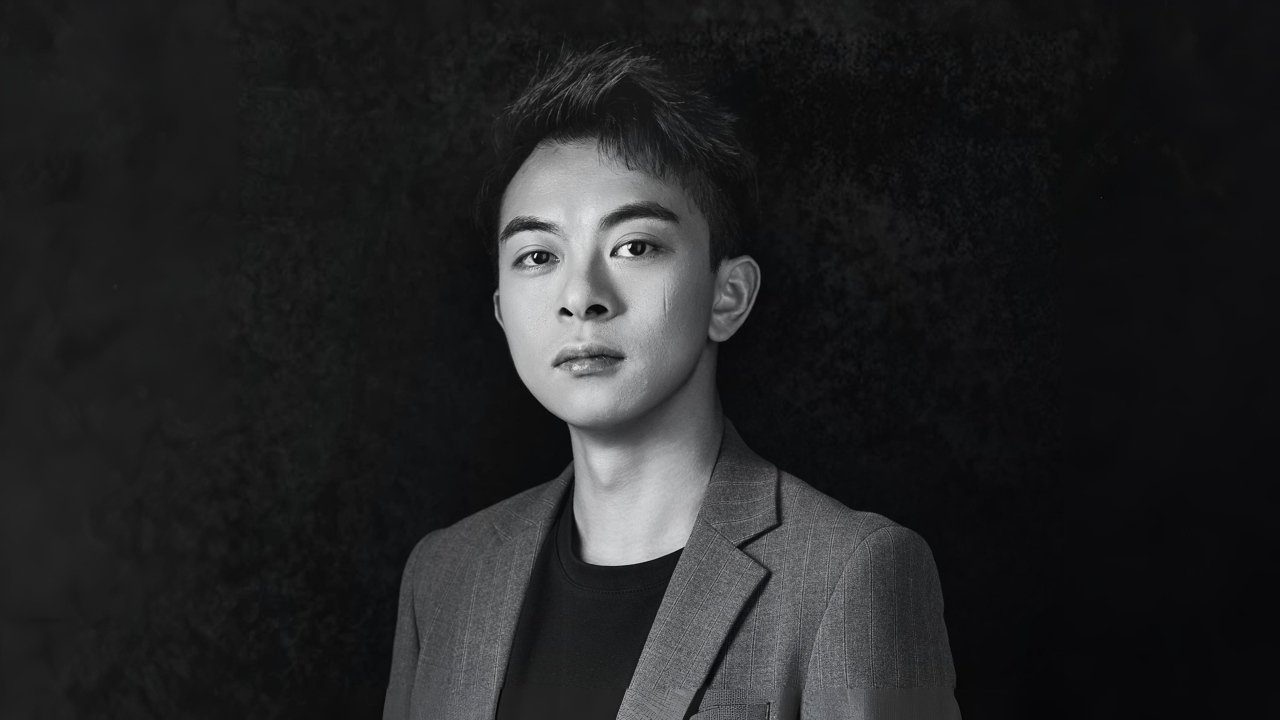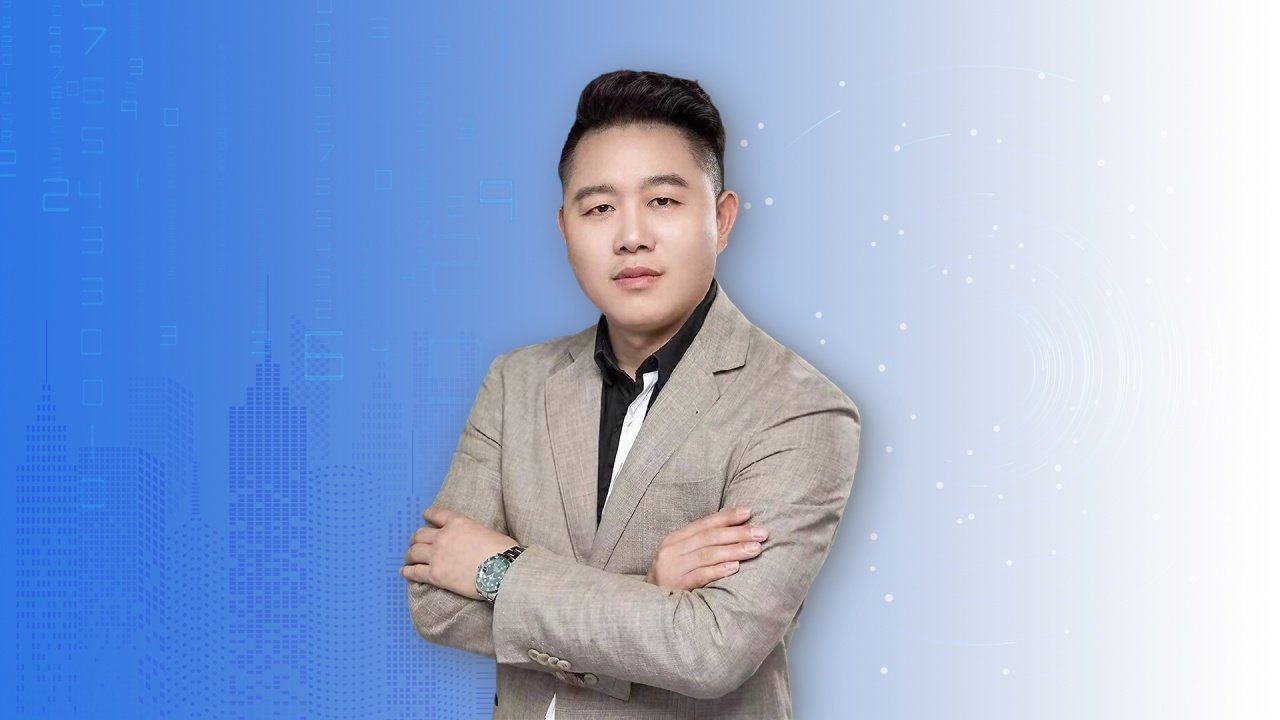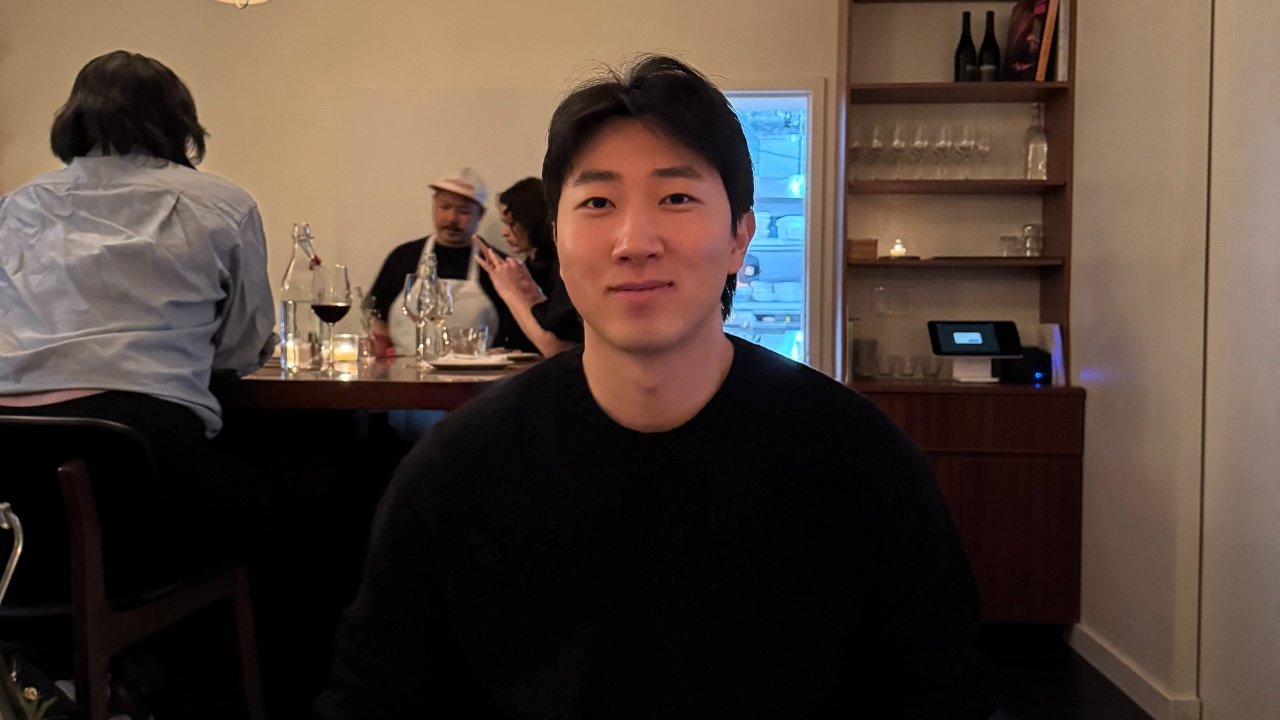1Congratulations on winning the London Design Awards! Can you introduce yourself and share about what inspired you to pursue design as a career?
Thank you! I’m a software-hardware hybrid designer with a background in Product Design from ArtCenter College of Design. My journey into design started with a deep curiosity about how things work. In high school, I discovered that industrial designers could turn imaginative ideas into tangible solutions—and I’ve been hooked ever since.
2What does being recognised in the London Design Awards mean to you?
It’s incredibly validating. The award reinforces the value of playful, purposeful design and motivates me to keep exploring the intersection of the digital and physical worlds in meaningful ways.
3How has this achievement impacted your career, team, or agency, and what opportunities has it brought so far?
The recognition has helped increase my visibility within the design community, sparking new conversations, collaborations, and connections. It’s a nice nudge that we’re moving in the right direction.
4What role does experimentation play in your creative process? Can you share an example?
Experimentation is essential—it’s how I get from ideas to experiences. With Lens, I experimented with different form factors before landing on the monocular-inspired shape. Prototyping helped us translate a complex AR concept into something intuitive and even a little magical.
5What's the most unusual source of inspiration you've ever drawn from for a project?
Probably the monocular itself! It’s an old-school exploration tool, but reimagining it for modern-day augmented reality felt like giving it a new life. Sometimes, history has the freshest ideas.
6What’s one thing you wish more people understood about the design process?
That good design doesn’t happen in one perfect sketch. It’s messy, iterative, and often full of delightful failures before arriving at something that feels effortless.
7How do you navigate the balance between meeting client expectations and staying true to your ideas?
I always look for overlap—there’s usually a sweet spot where client needs and creative vision align. Communication and prototyping early help make that balance less of a battle and more of a collaboration.
8What were the challenges you faced while working on your award-winning design, and how did you overcome them?
Translating advanced AR tech into something intuitive was a big one. We overcame it with constant user testing, simplifying interactions, and refining physical ergonomics until it felt natural—even fun.
9How do you recharge your creativity when you hit a creative block?
I go outside—seriously. Nature always resets my thinking. Sometimes the best ideas come when I stop trying so hard to have them.
10What personal values or experiences do you infuse into your designs?
Curiosity and playfulness are at the core of everything I make. I want people to feel a spark of joy, even in the smallest interactions. Functionality matters, but emotion is what makes it memorable.
11What is an advice that you would you give to aspiring designers aiming for success?
Find the area of design that genuinely excites you, and then go deep. It’s okay if it takes time. Just stay curious and keep showing up with your own point of view.
12If you could collaborate with any designer, past or present, who would it be and why?
Naoto Fukasawa. His work is so quietly powerful. I’d love to explore how we might combine his elegant minimalism with emerging tech in a way that still feels human.
13What's one question you wish people would ask you about your work, and what's your answer?
“Why does your work feel playful?”
Because I believe design should spark joy, not just function. We interact with products daily; why shouldn’t those moments be a little more delightful?

